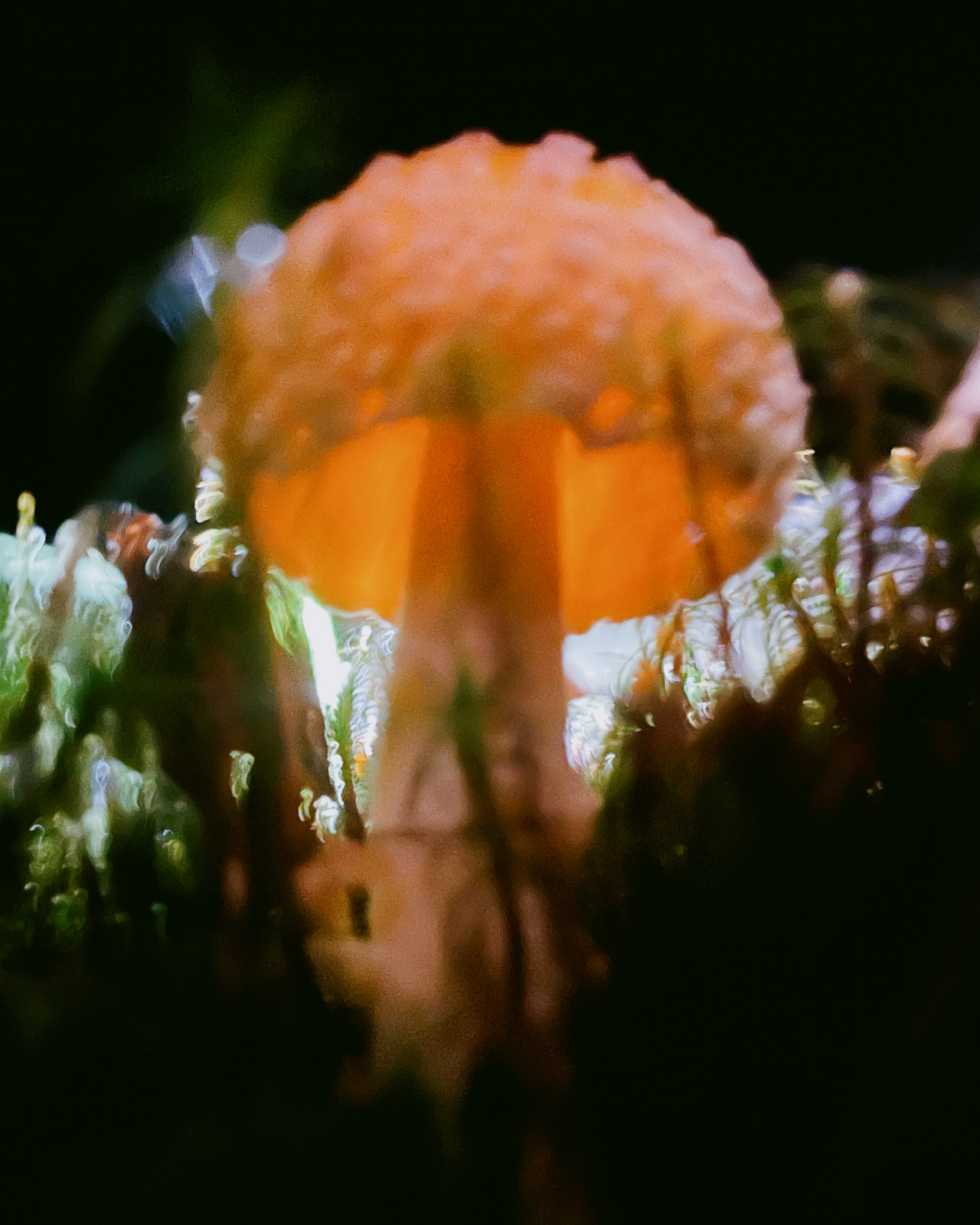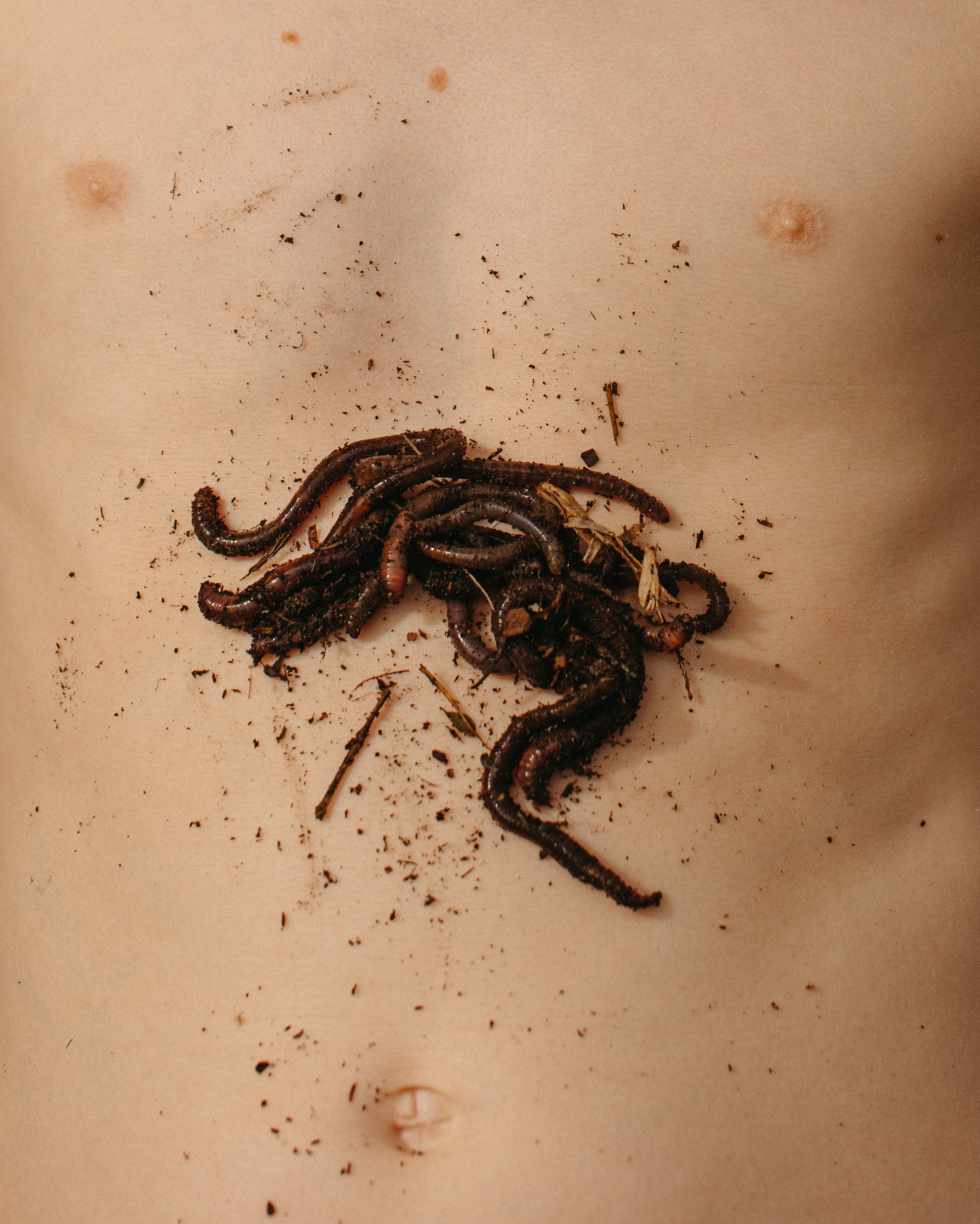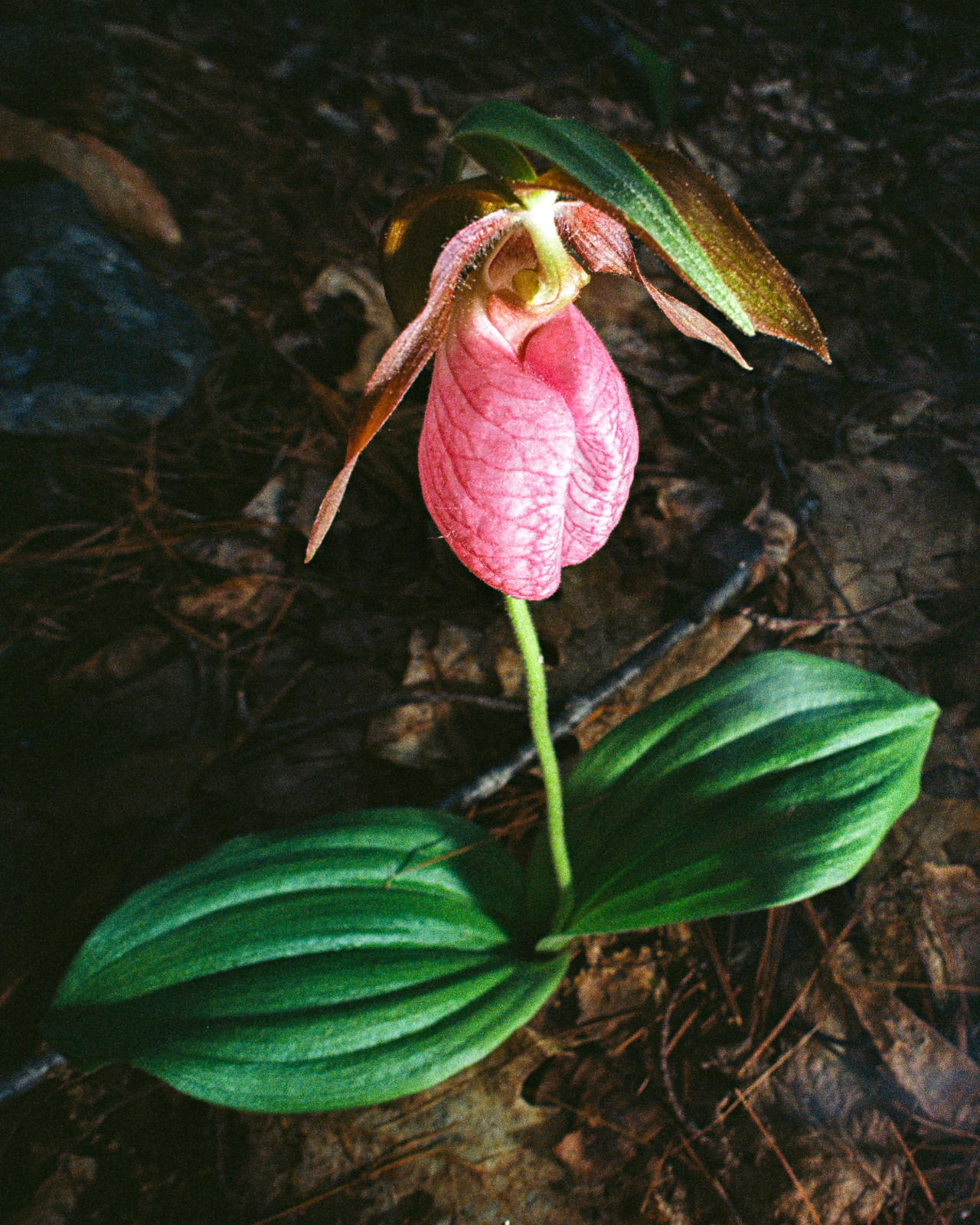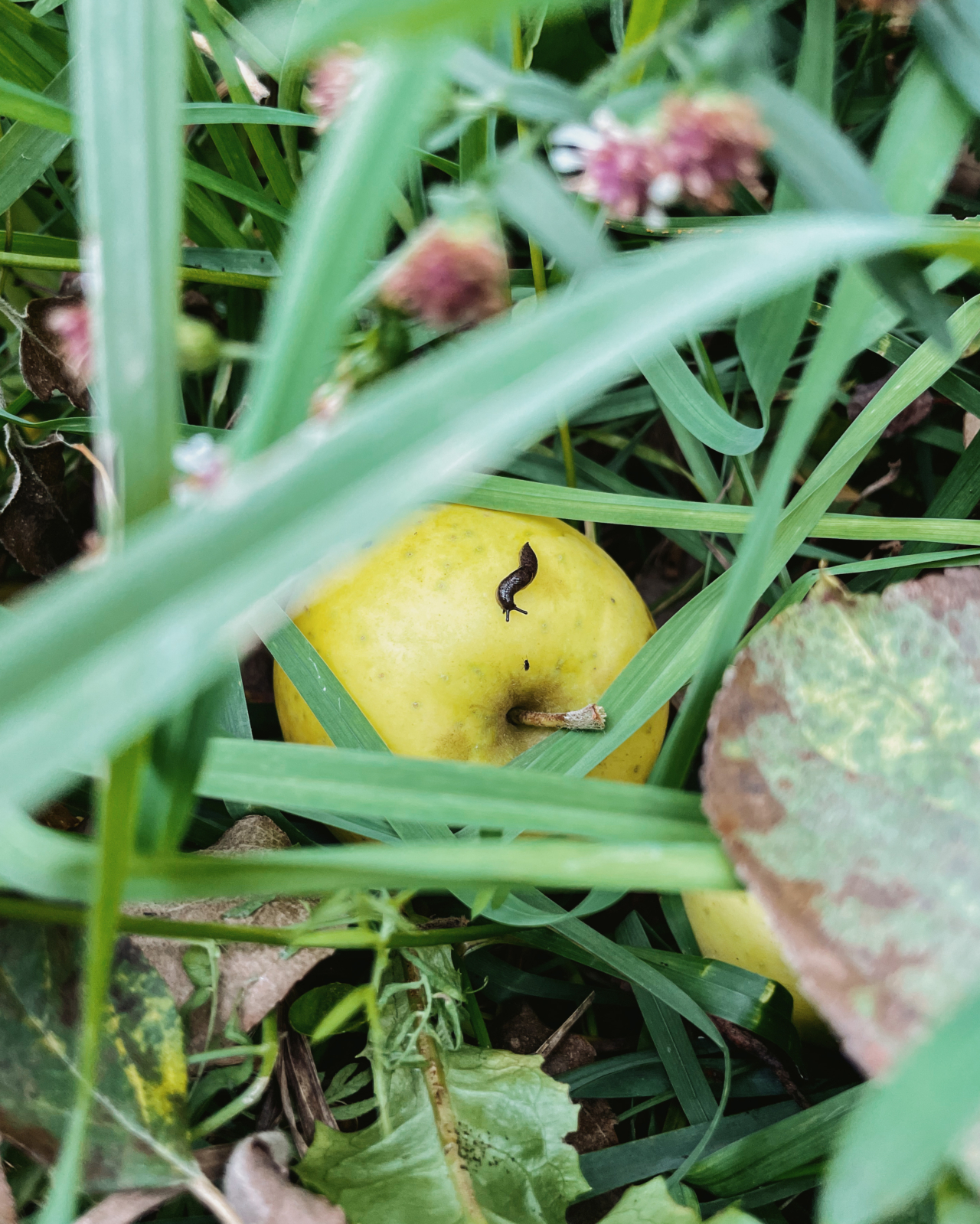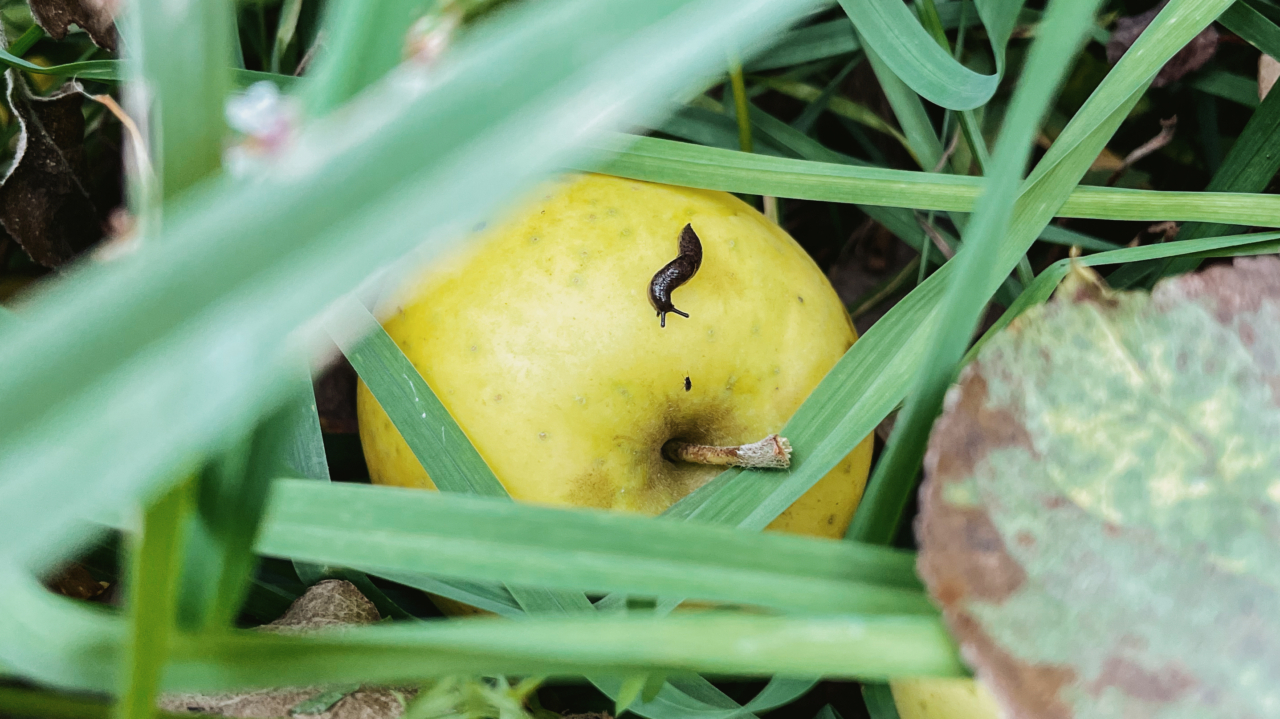
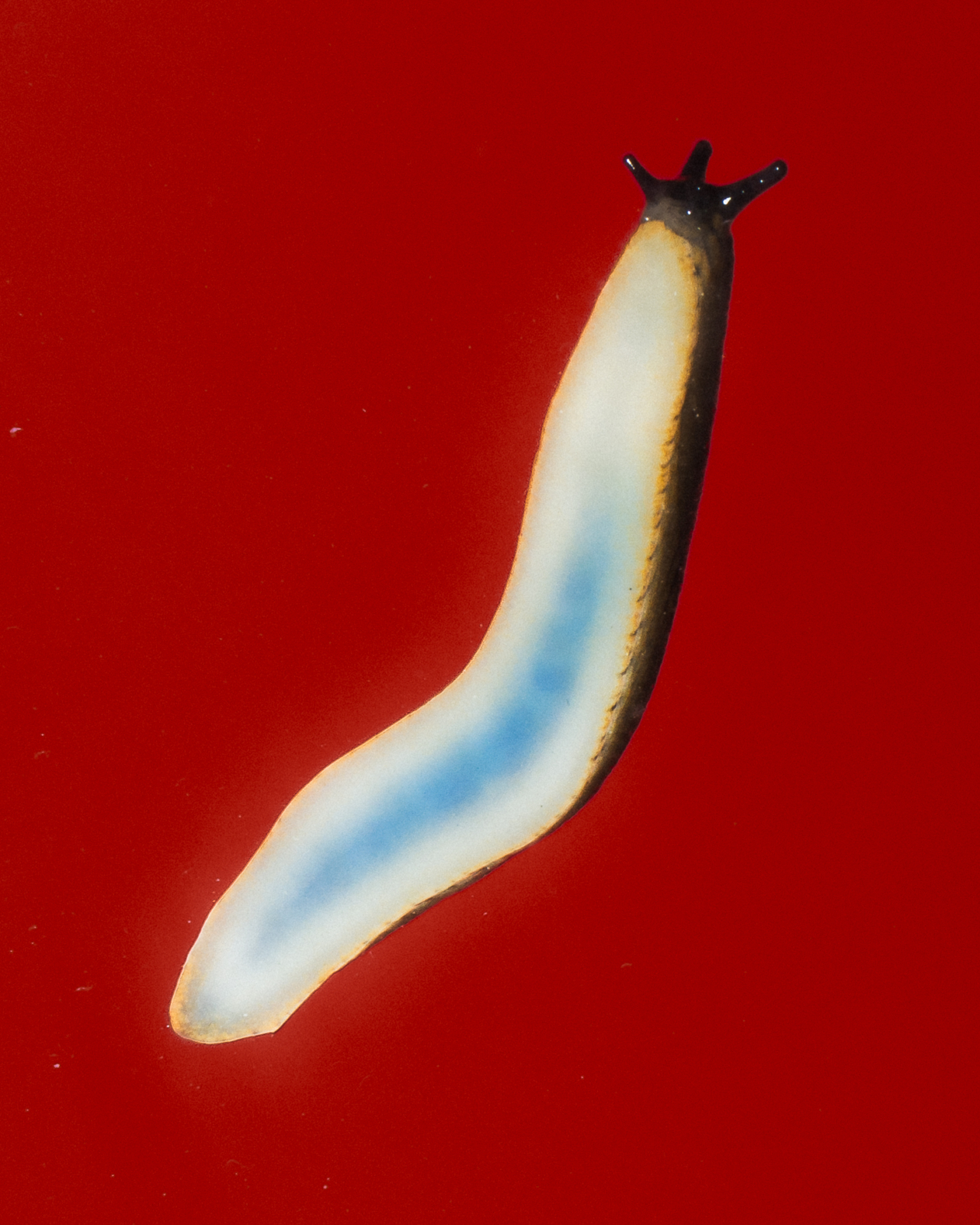
Photograph by Etienne Francey
words by willow defebaugh
“If I feel myself, like the compost heap, beginning to melt, it means that I am also melting into another story. A bigger story. A wider cast of characters. Let me dance between ripe and rot.”
—Sophie Strand
A few weeks ago, on the edge of autumn, I was practicing breathwork with my friend Noor Tagouri. She explained how it can open a channel to the unconscious, letting buried thoughts, memories, and emotions surface—which can sometimes be overwhelming. Just remember, she said, everything that comes up is for your use. Since then, I’ve been digesting that idea and allowing it to ferment, noticing where else it applies in my life. What moves me most is that it’s not about framing our experiences as good or bad, but around how we can make use of them.
Nature has much to teach us about making everything of use. Decomposers or transformers are organisms that feed on the dead—a group that includes fungi, bacteria, and small detritivores like earthworms, millipedes, and slugs. They are the Earth’s silent alchemists, closing the loop between death and life. They do this by recycling dead matter into new nutrients for producers such as plants, which then feed consumers. Without these unseen necromancers, our world would be a pile of bodies: a morgue in which matter is never reconstituted.

When dead matter lands on a forest floor, detritivores are often the first responders that initiate the process of decomposition. Earthworms drag fallen leaves underground, ingesting them as well as soil, and producing compact castings full of nutrients—all while aerating the earth through the tunnels they dig. Millipedes and woodlice grind litter into smaller fragments for microbial decomposers, while beetles and mites chew through tougher material. This work is not glamorous, but it is essential in creating the conditions for transformation.
Fungi are perhaps the most well-known transformers. Unlike plants, they can’t photosynthesize; rather than getting their sustenance from sunlight, they use special enzymes to derive it from the dead. White-rot fungi are the only organisms that can fully decompose lignin (the compound that makes wood so stiff), while various saprophytic fungi break down leaf litter and dead animals on the forest floor. Oyster mushrooms can even degrade pollutants such as petroleum hydrocarbons—hence why fungi are being explored as partners in cleaning up contamination through mycoremediation. Decomposition can be healing, too.


Long before the first detritivores crawled the Earth or the first fungi fruited into being, bacterial decomposers were breaking down matter—honing their ancient unmaking over billions of years. They conduct the chemistry of our compost piles: When oxygen is present, aerobic bacteria can efficiently decay organic matter and food scraps. Without oxygen (as in the layers of trash in landfills), anaerobic bacteria slow this process down and produce harmful greenhouse gases such as methane, which drives global heating. These microbes know the secret to alchemy is balance.
Humans can be cultural decomposers. I’m most drawn to people who are toiling to transform systems and strategies that no longer serve us into ones that sustain the living world. This spans from those rethinking our literal waste streams to those offering new ways of living in integrity with one another, even amid forces that seek to divide us. When I think of the times we are living through, I continuously conjure the image of a log putrefying in the forest: no less a death, and yet no less a part of the forest’s aliveness.
Decomposition is never solitary; it’s a symphony of visible and invisible transformers working in tandem. The evidence of decay is everywhere, but so are those willing to bury themselves in the blackened soil, to transmute rot, and unspool nutrients from spoil. I’m learning to embrace putrescence and the idea that everything can be of use. I want to be as useful in life as I will one day be in death—when my microbial and many-legged kin turn my flesh into food, dispersing my notions of self into new seeds of possibility. Forever feeding the cycle, forever a gift.

The Fertile Spoil: Notes on Decomposition
